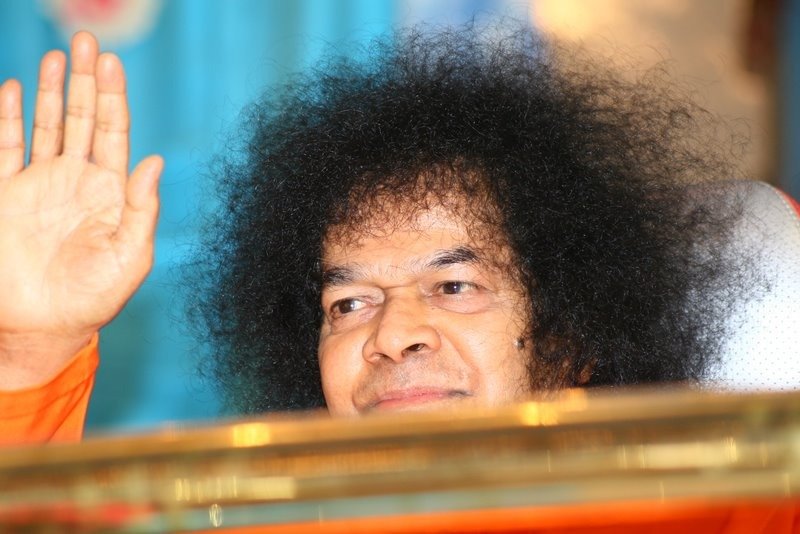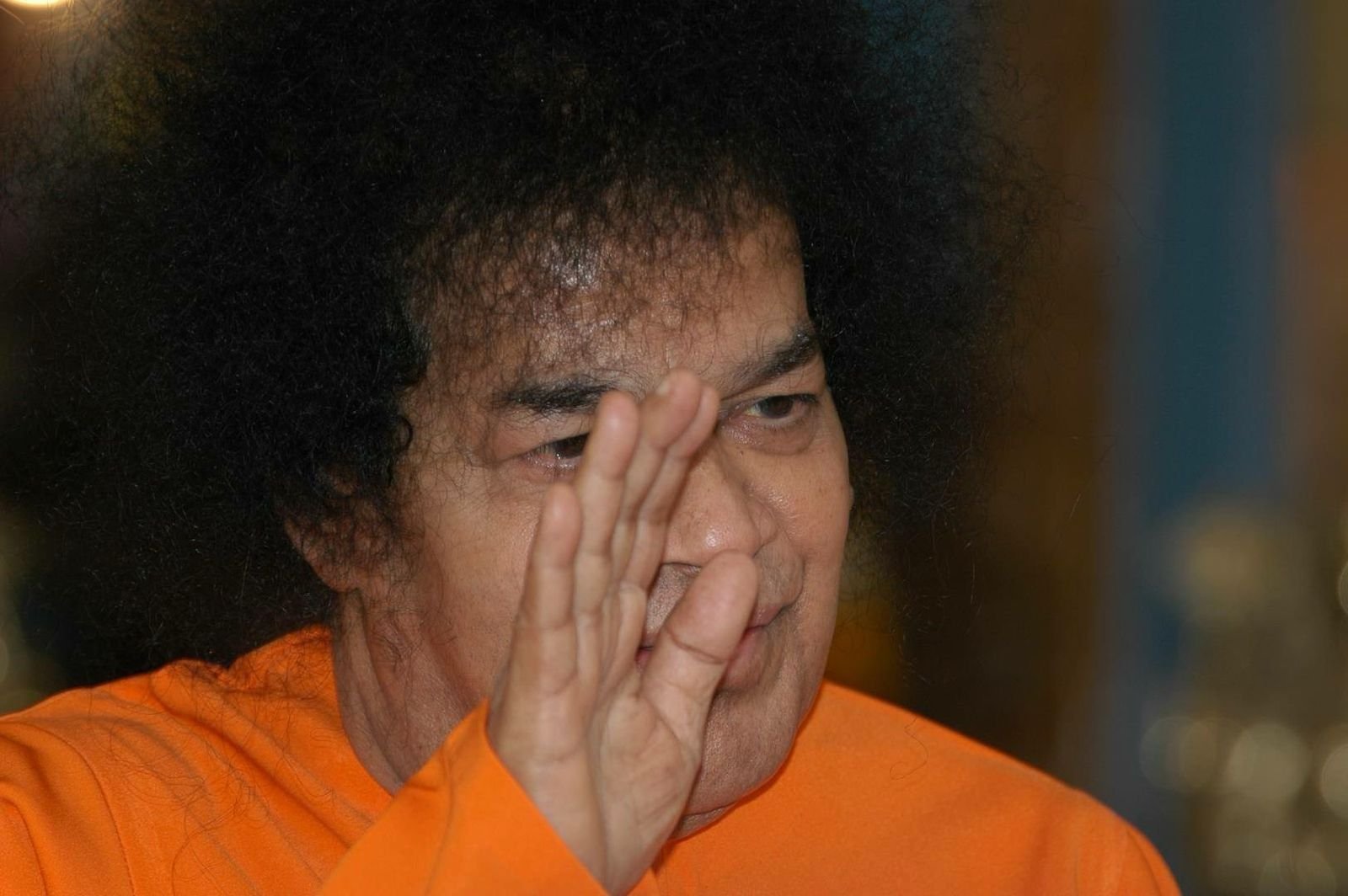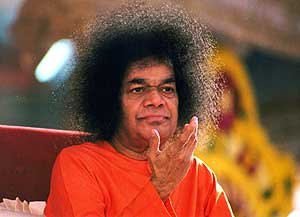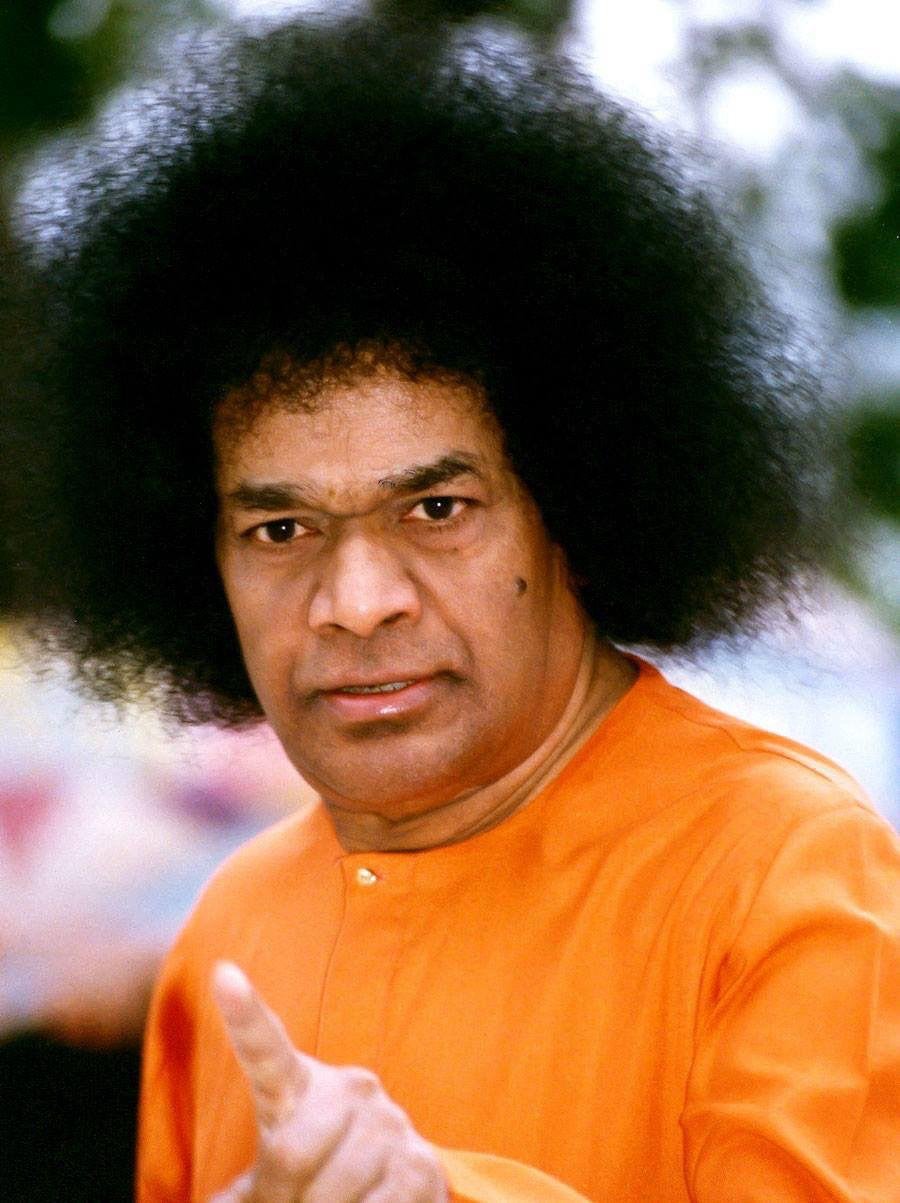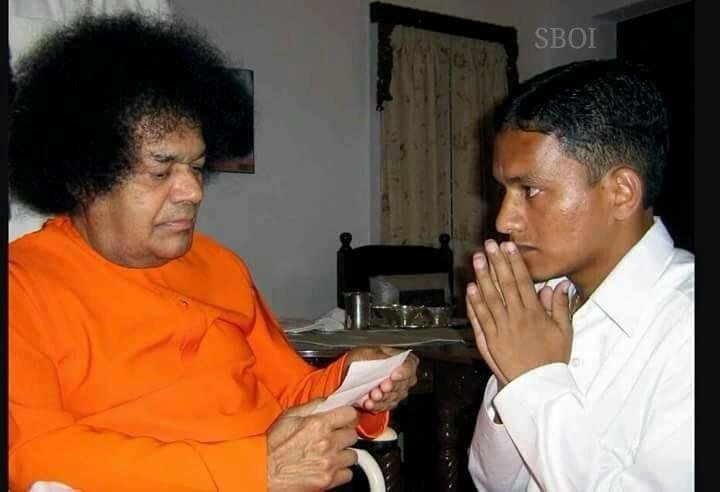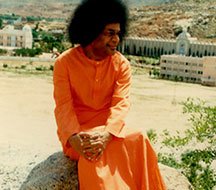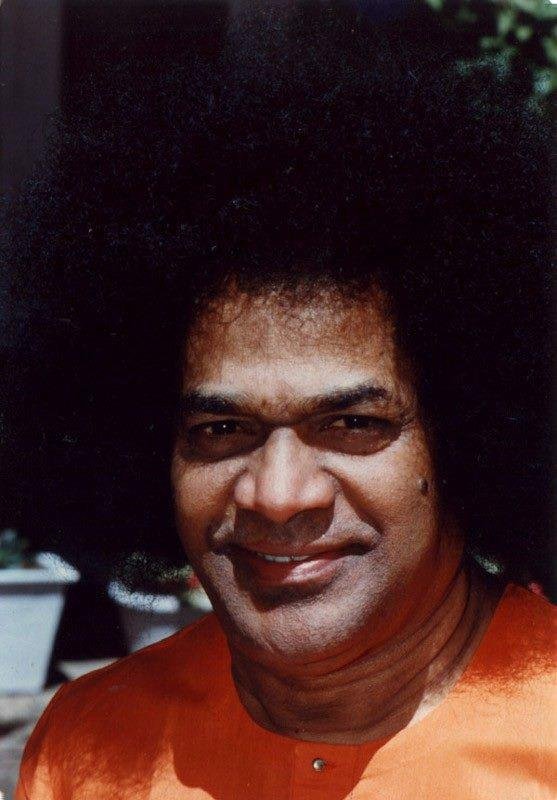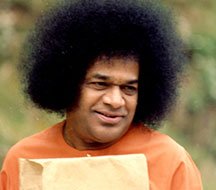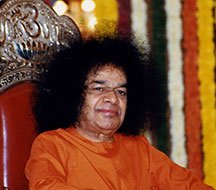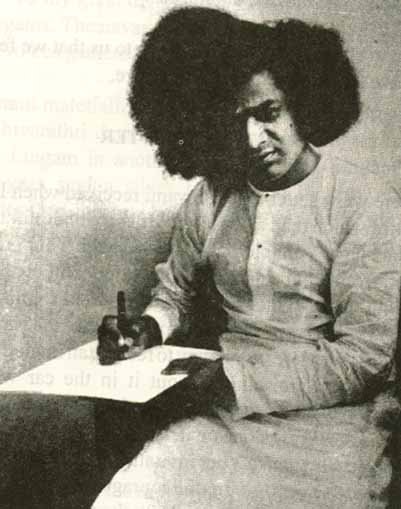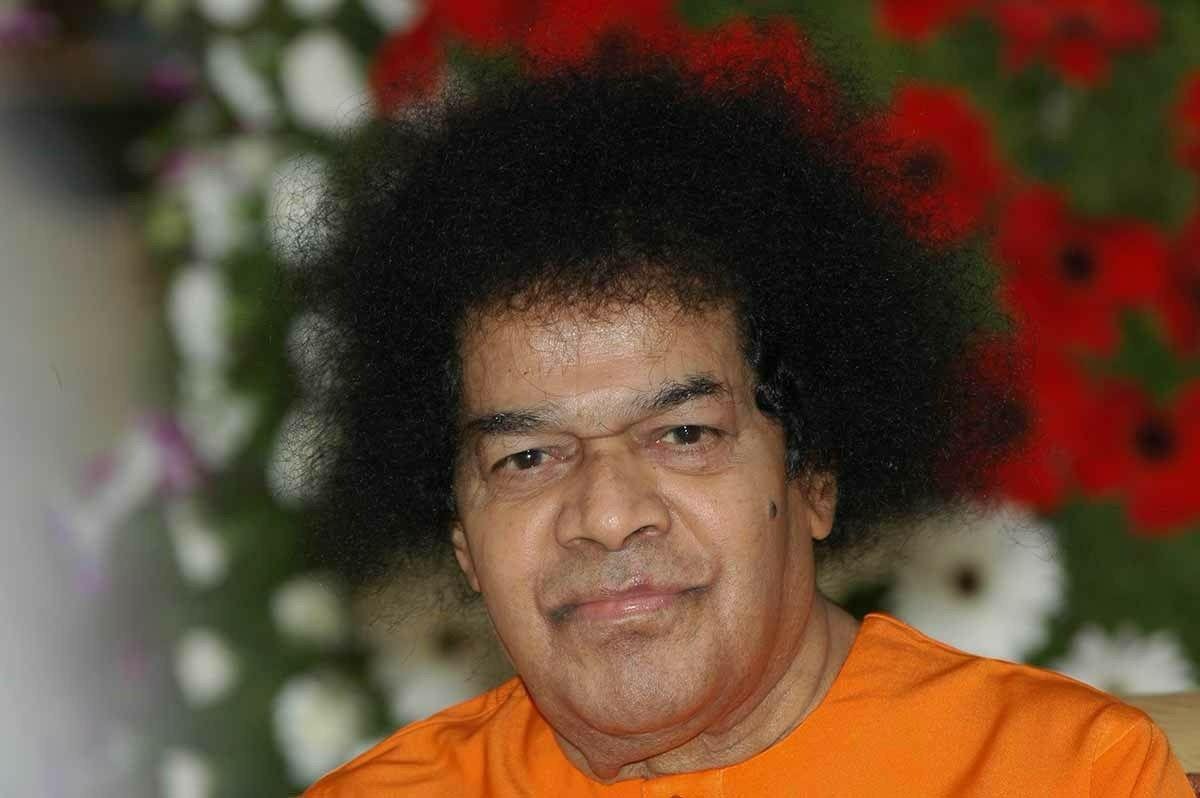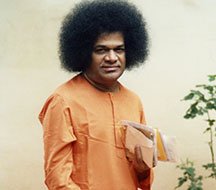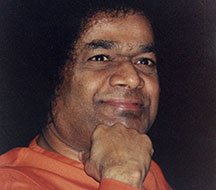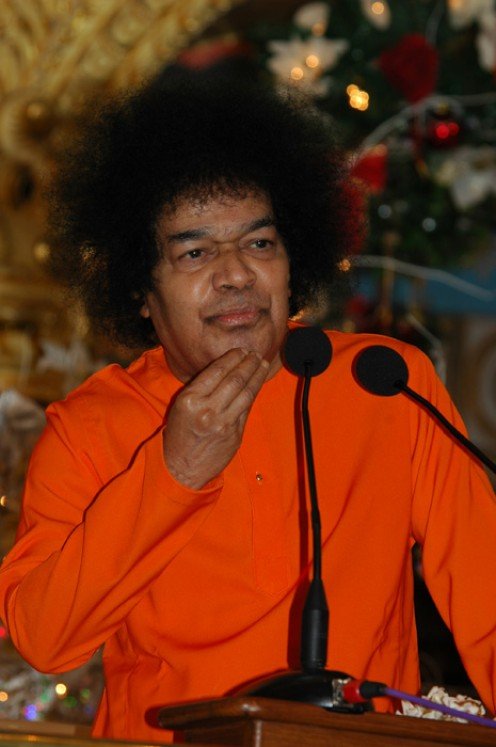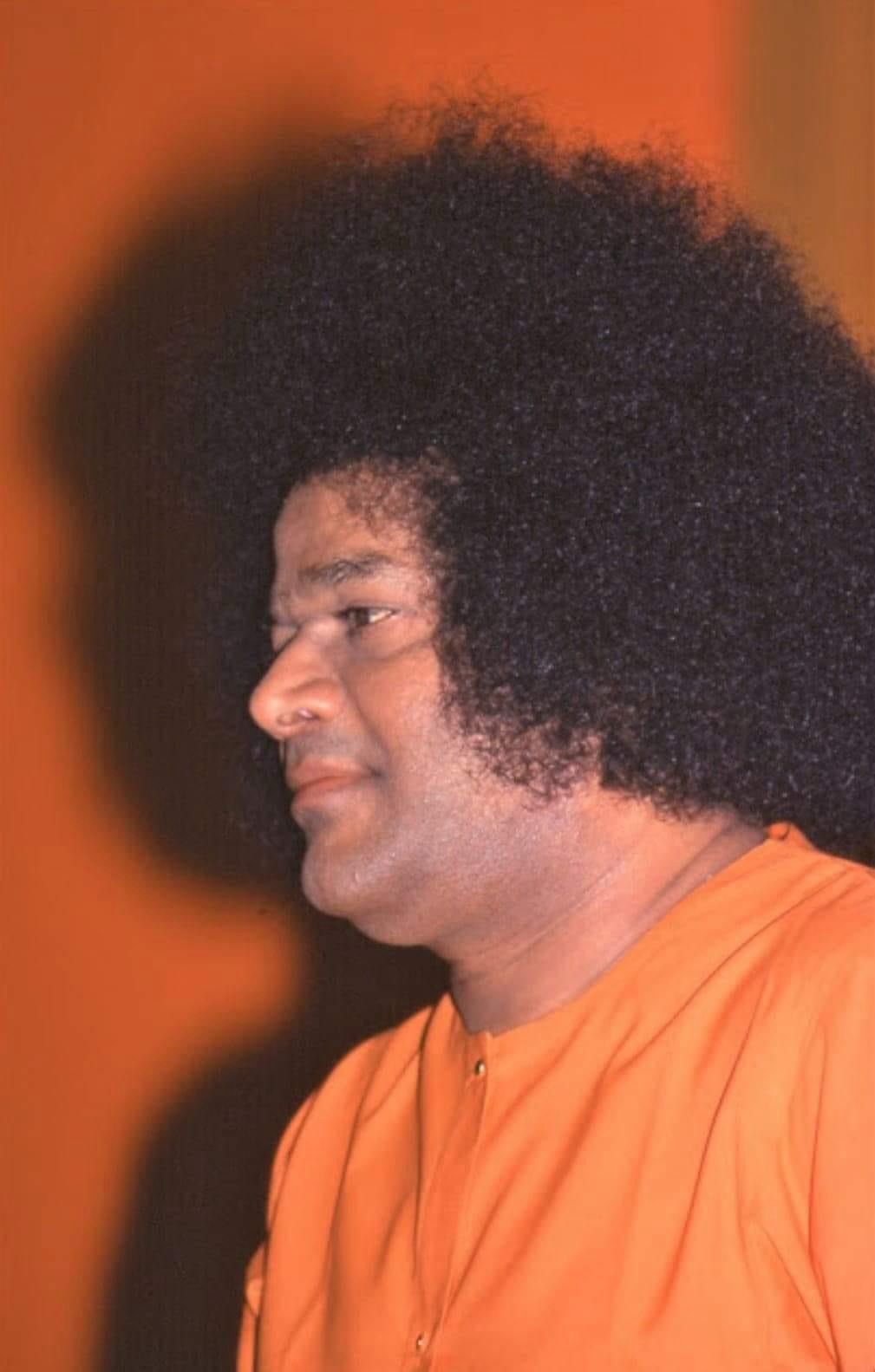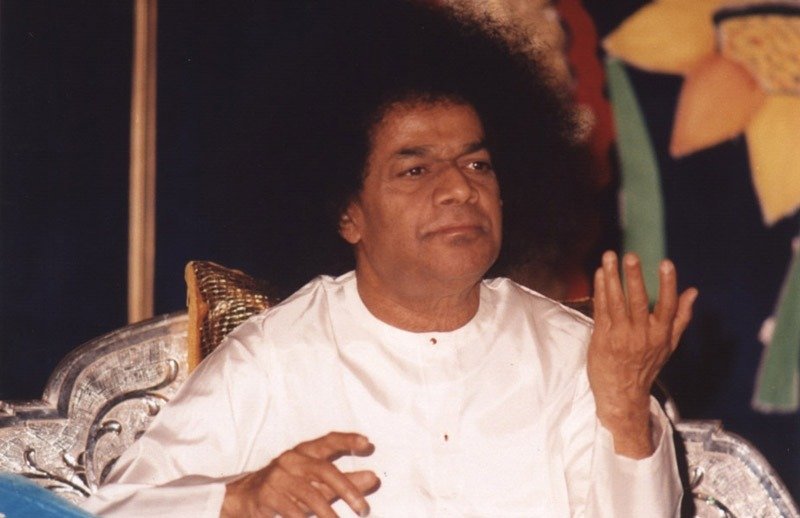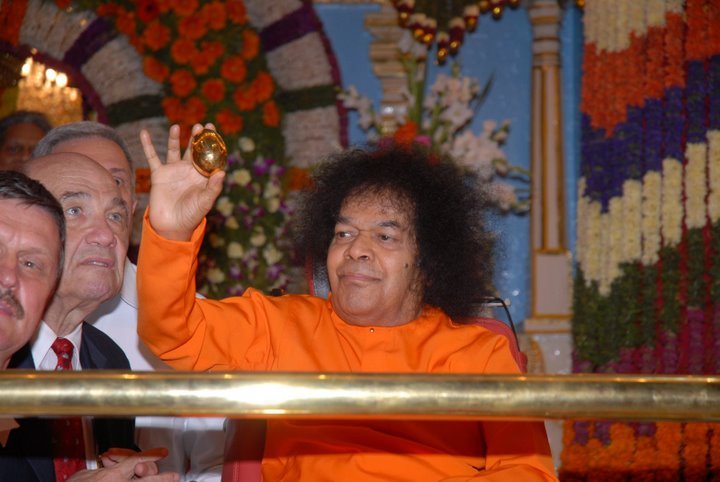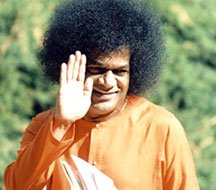Sant Lomasha Rishi

What Makes the Lomas Rishi Cave Unique?
The Lomas Rishi Cave distinguishes itself among the seven rock-cut caves in the Barabar Hills with its unique architectural style and historical relevance. Its iconic chaitya arch and pre-Buddhist influences set it apart. The cave comprises two chambers: a rectangular hall and a circular chamber with a polished interior. The exterior boasts a carved facade mimicking wooden structures, showcasing the transition from wood to stone architecture in ancient India.
Commissioned by Emperor Ashoka of the Maurya Dynasty around 250 BCE, the Lomas Rishi Cave was intended for the Ajivika sect, a religious community of that era. Emperor Ashoka’s support extended to various religious groups, demonstrating his commitment to
Architectural Marvels of Lomas Rishi
The architecture of the Lomas Rishi Cave showcases the skill of ancient Indian artisans. The chaitya arch at the entrance represents an early form of rock-cut architecture. The interior surfaces are polished to a mirror-like finish, a technique known as Mauryan polish. The facade’s intricate carvings depict wooden motifs, suggesting the influence of earlier wooden structures. The layout, featuring an acoustically resonant circular chamber, likely served meditative practices and gatherings.
As part of the Barabar Caves complex, the oldest surviving rock-cut caves in India, the Lomas Rishi Cave holds immense historical significance. Dating back to Emperor Ashoka’s reign, it provides insights into the socio-religious dynamics of the time. Dedicated to the Ajivika sect, which practiced asceticism, the cave reflects the religious diversity and tolerance of the Mauryan period. The Barabar Caves, including the Lomas Rishi Cave, stand as some of the oldest surviving rock-cut caves in India, carved from granite and monolithic rock. These caves represent early examples of rock-cut architecture in India, dating back to the Mauryan period.

Devotion to God is done to attain him, but the arbitrary conduct of seekers like Lomasha Rishi fails to achieve this sole purpose of human life. Finally, they remain trapped in a vicious cycle of birth and rebirth.

Preservation and Tourism or Cultural and Religious Significance
paving the way for later Buddhist rock-cut architecture. Its dedication to the Ajivikas underscores the diversity of spiritual practices in ancient India. The site symbolizes the transition from wooden to stone architecture and preserves ancient construction techniques and aesthetic preferences.Preserving the Lomas Rishi Cave is crucial for safeguarding its historical and cultural legacy. The Archaeological Survey of India (ASI) oversees its conservation. Challenges include environmental factors and human-induced damage. The site attracts tourists, scholars, and history enthusiasts, contributing to the local economy. Responsible tourism and educational initiatives are essential for raising awareness about the cave’s importance.
Poojn.in empowers you to connect with India’s rich spiritual heritage. Inspired by sites like the Lomas Rishi Cave, we offer authentic puja items and ritual supplies. Our collection includes:
- Pure copper and brass meditation bowls: These bowls create resonant sounds for enhancing meditation practices, connecting you with the ancient traditions of sound healing.
- Traditional meditation cushions and mats: Provide comfort and support during meditation, allowing for deeper focus and connection with your inner self.
- Natural incense and dhoop: Create a sacred atmosphere with these aromatic offerings, enhancing your spiritual practices and creating a serene environment.
- Pure cotton meditation shawls and stoles: Wrap yourself in comfort and tradition with these shawls, perfect for meditation or spiritual gatherings.
- Brass and silver oil lamps (diyas): Illuminate your sacred space with these beautifully crafted diyas, adding a traditional touch to your rituals.
The calculation of the age of all Gods is given in Suksham Veda.
Death is a universal truth in 21 universes of Brahm Kaal, yet seekers in the Hindu religion in pursuit of attaining immortality have dedicated themselves to severe penance since Eras. There are several shreds of evidence in Hindu mythology where seekers demanded the boon of immortality from the Trinity Gods as a reward for their intense austerity, which over some time became a curse to them instead of the fulfilment of their desire to have an everlasting age. The reason is that the power of Tridev Brahma, Vishnu, and Shiva is minimal. They are in the vicious cycle of birth-rebirth; then how can they grant a boon of immortality to their seekers?. Also, attaining immortality in Kaal’s realm is against the law of Almighty Kabir because all 21 universes of Kaal Brahm are mortal.
The spirit of remaining immortal in souls in this mortal world is an outcome of that happiness that they had experienced in the immortal abode, which means in Satlok, which is the native world of all beings residing in Kaal’s realm.
Here, it would be imperative to mention that at the inception of the creation of nature, all souls trapped in Jyoti Niranjan’s realm used to reside in the immortal world Satlok, where there is no death, and the same spirit remains alive in every soul, even here. The soul keeps wandering to relish the same happiness in the realm of Satan Kaal, which is impossible.
With severe austerity, although seekers gained accomplishments and received a boon of long life from their revered deities, they did not gain immortality. In turn, such seekers later regretted their wrong aspiration to become eternal because in that long life, they experienced sufferings only. Even Gods in Kaal’s world die after drinking nectar after a stipulated duration. No one can be immortal here, even the owner, Kaal himself.
Lomasha Rishi was a great ascetic and a scholar well known in Hinduism and a staunch worshipper of Tamogun Shiva/ Shankar. At a tender age, Lomasha feared death and hence wanted to become immortal, which is impossible in the mortal world of Kaal. Brahm Kaal is a deceiver and plays foul with the children of the Supreme God as he is vindictive after being cursed.

Moving ahead we will know another aspect of devotion in Kaal’s realm where the vices like greed, attachment, arrogance, anger and like in seekers dominate instead of subsiding.
Once, Lomas Rishi was delivering a sermon about Sargun God. Kakbhushundi was sitting in the audience and listening to Lomas Rishi’s words. At that time, Kakbhushundi was like any ordinary human being. He was firm in the belief about the existence of God and wanted to know ‘how to attain God’.
During the spiritual discourse, Kakbhushundi started arguing with Lomas Rishi about the Sargun and Nirgun forms of God. Although the sage tried to satisfy him with appropriate explanations, arrogant Kakbhushundi refused to accept his points and insulted Lomas Rishi.
Source – Jagat Guru

